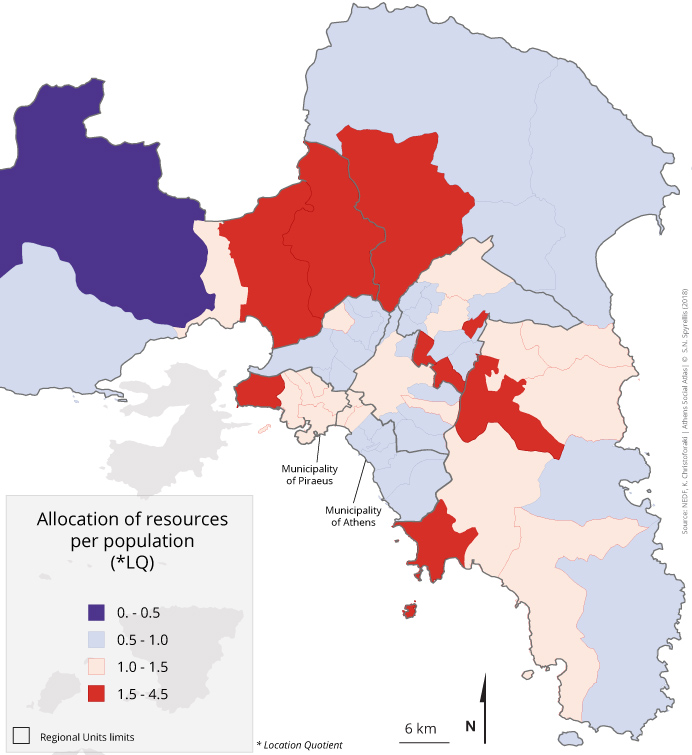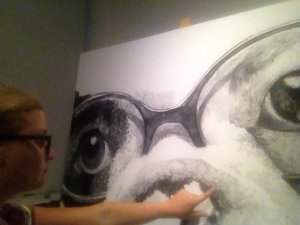
All of the first Christians were Jewish and it is likely that in some synagogues all the members converted to Christianity. Some house churches may have borrowed elements from synagogues services. Different congregations, guided by different leaders and teachers, determined their own practices and boundaries. How these house churches were led or organised, however, is not known with certainty, and there seems to have been variety in how ministries were exercised.

#HE KAT OIKON PLUS#
Plus there would be some kind of exhortation, the expression of worship, and the exercise of charismatic ministries. There might also be readings from letters sent from other churches or from prominent Christians.

During these meetings, there would be a time for recitations or readings from memorised or written Old Testament scripture. 11:20).” By the end of the first century, some networks of churches were overseen by a minister sometimes referred to as a bishop ( episkopos).Ĭongregations would gather in homes for weekly communion suppers. Paul probably used the expression kat’ oikon to distinguish the individual house churches “from ‘the whole church’ ( holē hē ekklēsia) which could assemble on occasion (1 Cor. In large cities such as Rome, Corinth, and Ephesus there were several house churches with some kind of network that connected the house churches within each city together. The kat’ oikon ekklēsia was “the ‘basic cell’ of the Christian movement, and its nucleus was often an existing household.” At first, almost all the Christian assemblies were small, some consisting of only one or two extended households. Women’s experience as managers of these households, their “social authority, economic power, and political influence,” established their leadership in other domains in Greco-Roman society and even synagogue leadership in Jewish society. In the ancient world, both men and women could be householders and patrons. These households could be sizable domestic communities including immediate family, extended family members, servants/slaves, and employees. Much business and commerce centered around households of the wealthy. Such roles were rooted in these women’s autho rity at the household level. … in ancient Mediterranean society, among both Jews and non-Jews, women often played quite powerful social and political leadership roles. In house churches, the public sphere (the traditional domain of men) and the more private, domestic sphere (the traditional domain of women) overlapped, and women-especially wealthy women who hosted churches in their own homes-had equal opportunities to minister. Nympha hosted a church in her home in Laodicea and is greeted in Colossians 4:15. Apphia was a prominent member of a house church in Colossae and is one of three people greeted individually in Philemon 1:1-2. Prisca, with Aquila, hosted and led a house church in Ephesus (1 Cor.

Wayne Meeks observes that “In four places in the Pauline letters specific congregations are designated by the phrase h ē kat’ oikon (+ possessive pronoun) ekklēsia, which we may tentatively translate ‘the assembly at N’s household.’” Women were involved in each of these four house churches.

This custom of meeting in homes is well attested in the New Testament. House Churches in the First Centuryįor the first two hundred years of the Christian movement, most meetings were held in homes. In this article, I provide a brief overview of church life in the first century and I highlight the participation of women. It is helpful to have some insight into the values and customs of the first Christians, and some appreciation of how they organised their meetings and ministries, if we are to have a better understanding of the setting, context, and meaning of the New Testament letters.


 0 kommentar(er)
0 kommentar(er)
